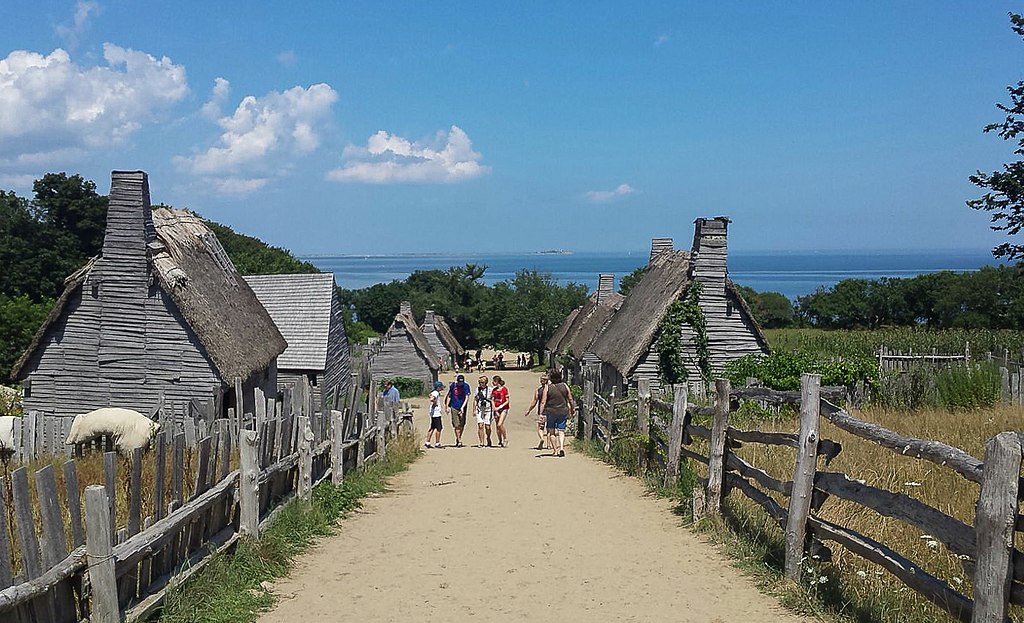Heritage tourism refers to the practice of traveling to places that possess historical, cultural, or natural significance. It involves exploring and experiencing the tangible and intangible elements of a region’s heritage, including historical sites, museums, monuments, traditional festivals, cultural traditions, and natural landscapes. This form of tourism allows individuals to immerse themselves in the rich tapestry of a community’s past and present, connecting with its unique identity and preserving its legacy for future generations.
One of the primary aspects of heritage tourism is the exploration of historical sites and landmarks. These can include ancient ruins, architectural marvels, castles, forts, and UNESCO World Heritage Sites. By visiting these locations, tourists can witness firsthand the remnants of past civilizations, gaining insights into their history, architecture, and cultural practices. Exploring historical sites provides a sense of timelessness and allows individuals to appreciate the achievements and struggles of those who came before them.
In addition to historical sites, museums play a significant role in heritage tourism. Museums house collections of artifacts, artworks, and documents that showcase a region’s history, art, science, and culture. Visitors can engage with these exhibits, learning about the cultural and social context of a place. Museums often offer interactive displays, guided tours, and educational programs that enhance the visitor’s understanding and appreciation of the heritage being presented.
Cultural festivals and traditions also form an integral part of heritage tourism. These events celebrate a community’s customs, rituals, music, dance, cuisine, and attire. They provide an opportunity for tourists to witness and participate in vibrant cultural expressions, fostering a deeper understanding and respect for different ways of life. Cultural festivals often showcase traditional performances, craft demonstrations, and culinary experiences, allowing visitors to engage with the local traditions on a personal level.
Natural heritage tourism focuses on the exploration of natural landscapes and conservation areas. It involves activities such as hiking, wildlife spotting, bird watching, and eco-tours. Natural heritage sites, including national parks, protected areas, and scenic landscapes, offer opportunities for individuals to reconnect with nature, appreciate biodiversity, and learn about sustainable practices. These experiences promote environmental awareness and encourage responsible tourism.
Overall, heritage tourism serves as a means to preserve, promote, and celebrate the diverse and unique aspects of a region’s heritage. It enables individuals to connect with their roots, gain knowledge, and develop a sense of cultural identity. Heritage tourism also contributes to economic growth by generating employment and income for local communities. Furthermore, it plays a vital role in the preservation of historical sites, artifacts, and traditions, ensuring their longevity for future generations to enjoy and appreciate.
Image Attribution: Marco Almbauer, Public domain, via Wikimedia Commons
